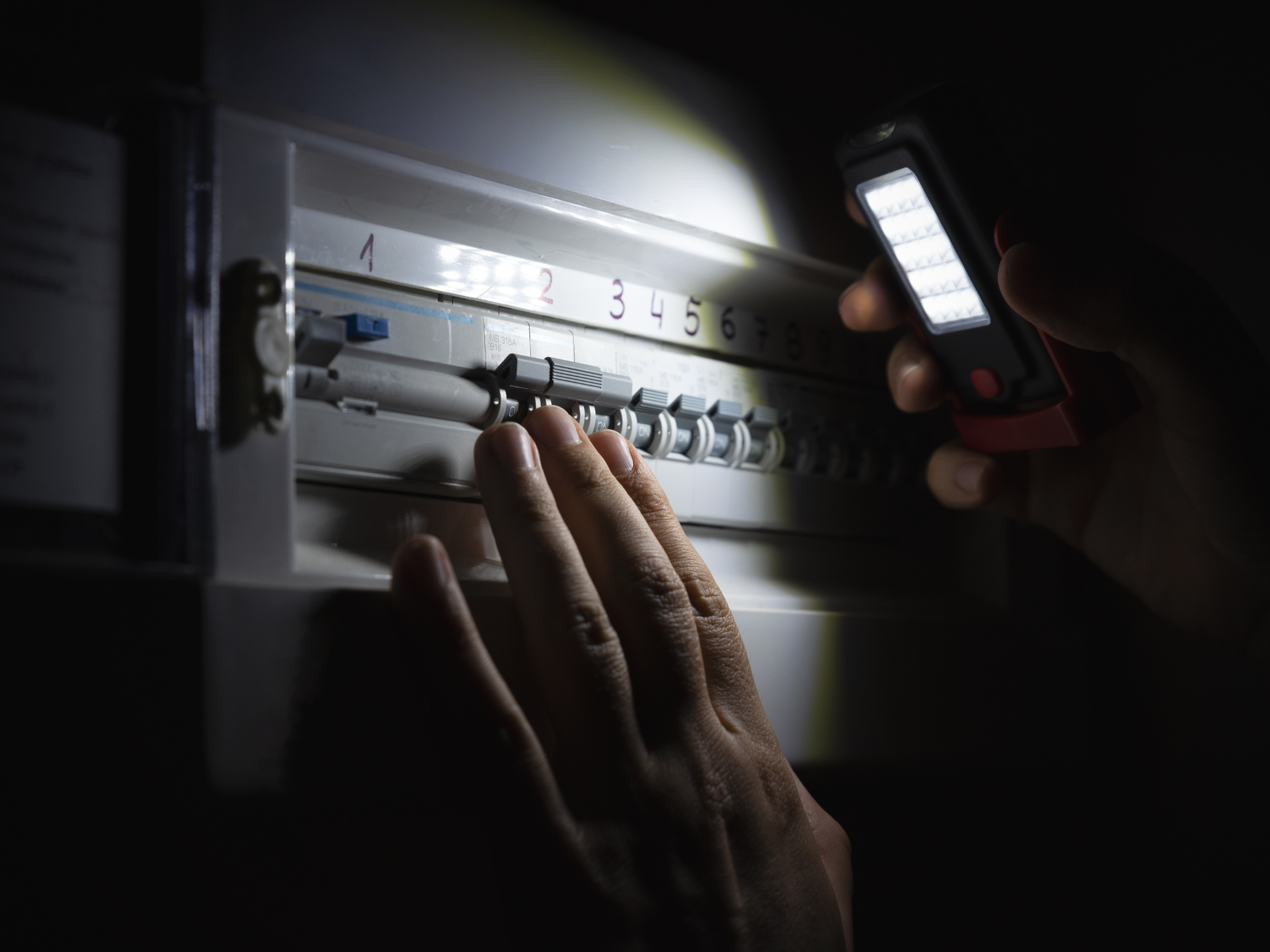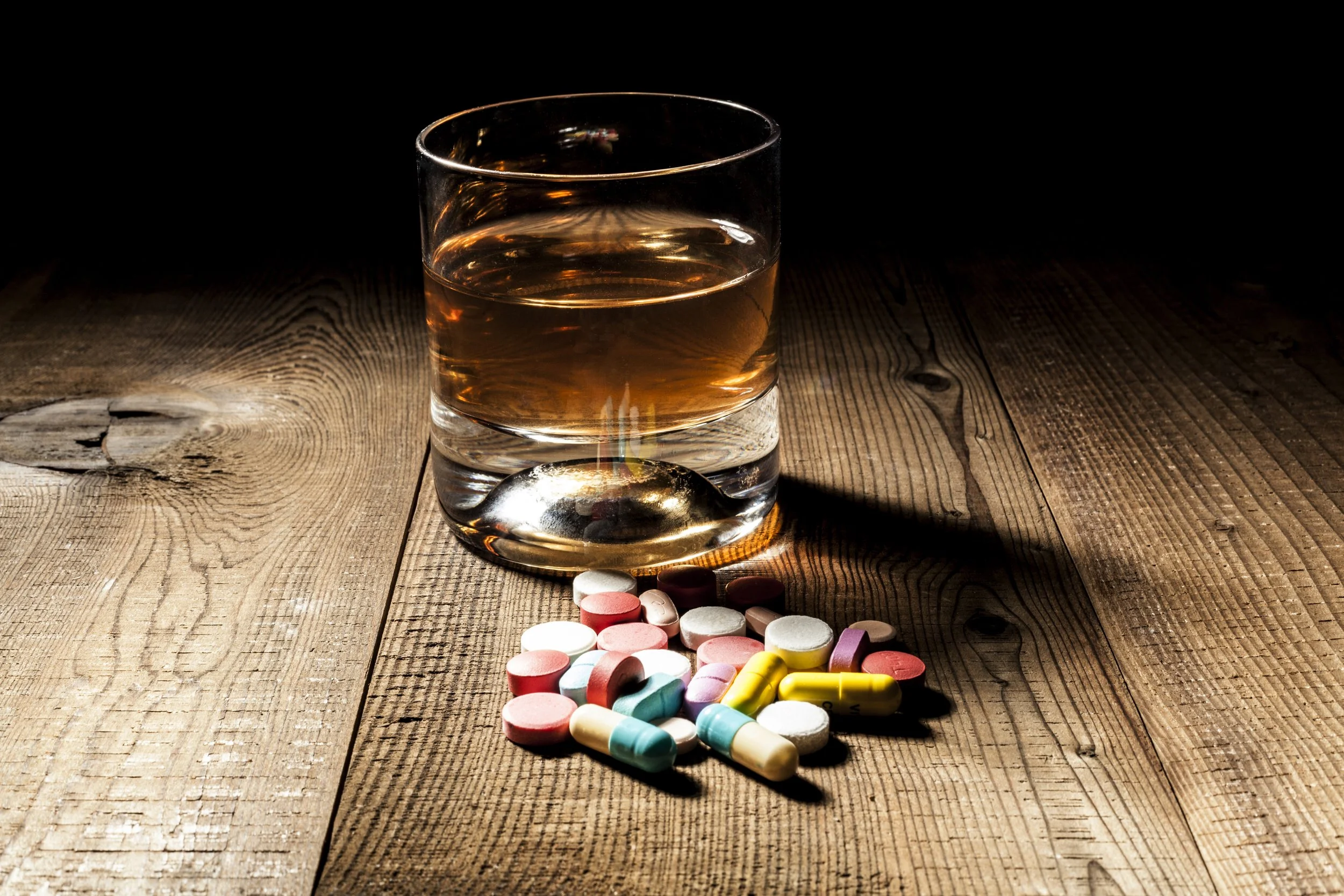Food Safety - Bacteria 🌎
Languages: English, French, Spanish (North America)
Media Editing: The video module(s) in this subject are editable under our Content Studio offering unless otherwise indicated. For more information about Content Studio, contact your CSM.
Description: One of the greatest risks to all food-service businesses is spoilage and product lost due to poor food safety practices. This subject teaches front-line workers, supervisors, and managers how bacteria can spoil food and what can be done to prevent and delay this process. Learners are taught what causes bacteria to grow, which foods are considered Time and Temperature Control for Safety (TCS) Foods, and the Temperature Danger Zone.
Languages: English, French, Spanish (North America)
Media Editing: The video module(s) in this subject are editable under our Content Studio offering unless otherwise indicated. For more information about Content Studio, contact your CSM.
Description: One of the greatest risks to all food-service businesses is spoilage and product lost due to poor food safety practices. This subject teaches front-line workers, supervisors, and managers how bacteria can spoil food and what can be done to prevent and delay this process. Learners are taught what causes bacteria to grow, which foods are considered Time and Temperature Control for Safety (TCS) Foods, and the Temperature Danger Zone.
Languages: English, French, Spanish (North America)
Media Editing: The video module(s) in this subject are editable under our Content Studio offering unless otherwise indicated. For more information about Content Studio, contact your CSM.
Description: One of the greatest risks to all food-service businesses is spoilage and product lost due to poor food safety practices. This subject teaches front-line workers, supervisors, and managers how bacteria can spoil food and what can be done to prevent and delay this process. Learners are taught what causes bacteria to grow, which foods are considered Time and Temperature Control for Safety (TCS) Foods, and the Temperature Danger Zone.
Topics
Time and Temperature Control for Safety (TCS) Foods
-
Knowing and managing Time and Temperature Control for Safety (TCS) Foods is vital in any industry that regularly handles or manages food. In this topic, learners are taught how to identify common TCS foods, what the Temperature Danger Zone is, and why TCS foods need to be stored outside this zone. The content also provides some simple scenarios regarding handling TCS foods and why using a probe thermometer is helpful when monitoring TCS food temperatures. This topic includes a video that provides an overview of key concepts.
-
Questions (level 1, 2, 3)
Video module
-
Translated content is typically AI-generated, and in some instances, it's been human-reviewed. Review the list below for translation details within this topic.
English
French
Questions = AI-translated
Video = AI-translated
Spanish
Questions = AI-translated
Video = AI-translated
-
Time and Temperature Control for Safety (TCS) foods are foods in which bacteria can grow faster.
The best way to keep bacteria from growing in TCS foods is to store them either below or above the Temperature Danger Zone, and to check them when required to make sure they stay at the correct temperatures.
The temperature range between 40°F and 140°F is called the “Temperature Danger Zone” because this is the temperature range where bacteria can multiply easily.
Fresh meat, seafood, and foods made with meat (gravies, sauces, etc.) are TCS foods and should be stored outside of the Temperature Danger Zone.
Cut fruits or vegetables, leafy vegetables, and unpackaged tofu or plant-based proteins are TCS foods and need to be stored outside of the Temperature Danger Zone.
Cooked foods, even if they are safe uncooked, need to be treated as TCS foods and stored outside of the Temperature Danger Zone.
Oil mixtures (such as garlic in oil) are TCS foods and can spoil if they are not stored outside of the Temperature Danger Zone.
Using a probe thermometer is the only way to accurately make sure that food is at a safe temperature. Don’t rely on the thermostat in the refrigerator or under the heat lamps.
What Causes Bacteria to Grow
-
In any workplace that handles or manages food, there is a risk of bacteria which can cause foodborne illnesses, particularly because you can’t see or smell it. It is extremely important to understand how to properly handle, store, and cook food to reduce the chance of bacteria growing and the spread of foodborne illnesses. In this topic, learners are taught what causes bacteria to grow, the conditions that promote bacteria growth, and how to prevent its growth, which leads to spoiled food. This includes going through the acronym FAT TOM to teach learners the six conditions that support bacteria growth in foods. This topic includes a video that provides an overview of key concepts.
-
Questions (level 1, 2, 3)
Video module
-
Translated content is typically AI-generated, and in some instances, it's been human-reviewed. Review the list below for translation details within this topic.
English
French
Questions = AI-translated
Video = AI-translated
Spanish
Questions = AI-translated
Video = AI-translated
-
Refrigerating or freezing food will only slow pathogen growth, not kill it. Only adequate cooking temperature can kill bacteria; although, any toxins produced will still survive.
Some bacteria need oxygen to grow, so removing oxygen from a container, such as during canning, can prevent bacteria growth, but most bacteria does not need oxygen. This represents the O in FAT TOM.
Bacteria needs water to survive, so monitor moisture levels. The higher the moisture level, the easier it is for bacteria to spread. This represents the M in FAT TOM.
The Center for Disease Control and Prevention’s (CDC) five key risk factors that can lead to foodborne illnesses are:
· Food from unsafe sources
· Contaminated equipment
· Poor personal hygiene
· Inadequate cooking
· Improper holding temperatures
Six conditions affect the ability of pathogens to grow or multiply: food, acidity, time, temperature, oxygen, and moisture (FAT TOM).
Bacteria requires nutrients to grow, multiply, and produce toxins, and favors foods high in proteins and carbohydrates (e.g. meat, poultry, milk, eggs, seafood, cooked pasta or rice, etc.).
Foods that support rapid growth and reproduction of pathogens, such as bacteria, are called Time and Temperature Control for Safety (TCS) Foods, representative of the F in FAT TOM.
Slightly acidic (higher than 4.6 pH) or neutral (7 pH) pH levels in foods are ideal for foodborne pathogens to grow, so preservation techniques, like pickling, can help delay or prevent growth. This represents the A in FAT TOM.
Limit bacteria’s ability to grow by keeping perishable foods at room temperature for no more than two hours total. This represents the first T in FAT TOM.
Bacteria prefers a moderate temperature for growth, most with an optimum growth temperature of 98.6°F, the temperature of the human body. This represents the second T in FAT TOM.






